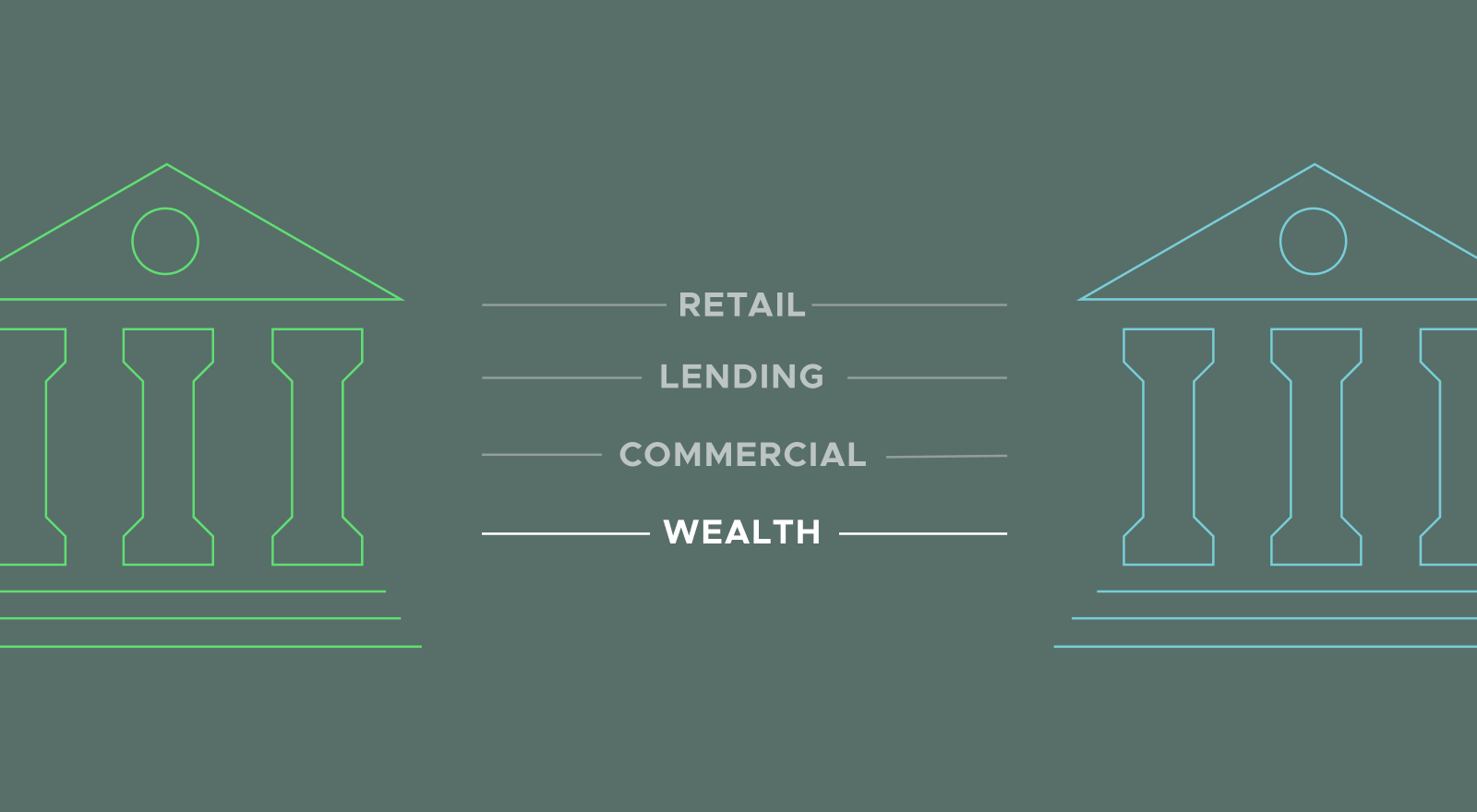
When downturns or market volatility happens, it's natural to want to pull back on firm investments, tighten the reins a little and maybe rethink some of your future technology planning decisions. But in today’s reality, the opposite is true. Leaning into a strong technology strategy (that hopefully you already have in place before a downturn) will carry you through tough times. One way is by helping you communicate your value to clients more effectively. During my time as an advisor, I learned there is nothing more important than connecting your client experience with what matters most to your clients.
Before we dive into the specifics, it's important to understand that your technology strategy is different from your technology tools. A wealth management technology strategy is rooted in the client and employee experiences you want to deliver as a firm. It provides guidance on decision making regarding the people and processes behind bringing each experience/touchpoint to life in a way that maximizes operational efficiency and the client’s delight.
Technology, Strategy and Client Communications
Every firm comes out with a content piece about how to stay the course during turbulent markets. This isn’t wrong and firms do need to provide consistent messaging on how to approach high volatility markets, but writing an article about it is not only time-consuming for advisors, it’s table-stakes – not a differentiator. Advisors need to do more than share their thoughts on the markets.
Enter a robust technology strategy...
The technology itself – the best-in-class CRM or risk tolerance program you select isn’t going to magically solve everything. It’s the strategy that’s so important.
Think about it from an investor’s point of view – it’s not the returns, or lack thereof on their accounts that is really upsetting; it’s what those perceived losses translate to – delaying retirement, cutting future lifestyle expenses, not being able to afford college for their children. Clients may have common themes around what they’re worried about, but the past experiences they’re bringing to the current environment can drive large differences in the type of content they want to hear from their advisors and how they want to receive it.
The same single, generic post sent to every client about the markets does not address these differences.
A robust strategy that leverages data collected throughout the relationship (from financial planning to annual reviews) allows advisors to quickly determine what kind of messaging each client needs, when they need it and how. This data integrated with a robust business intelligence dashboard and digital marketing platform can help advisors deliver effective, custom messaging at scale.
This is a win for the advisor and client experience. Proactive communication during market downturns is critical because there are so many sources sharing their perspectives and advisors need to be a reliable, trusted source for their clients. The trouble is, calling up clients one by one is time-consuming, not to mention that advisors need high quality content to support their viewpoints which is also time consuming.
A technology strategy helps advisors quickly identify who needs communication, what type of communication and automates implementation. It will have processes for identifying clients by the segments defined by your firm and leveraging the content they’re looking for, based on articles previously viewed, questionnaires submitted, etc. It can then call for automation of delivery that’s customized to individual preferences with input from the advisor if needed.
Building a Robust Strategy
Due to endless technology options to choose from and integrate, it’s easy to select strong technology, but fail to deliver value because of a weak integration or adoption strategy.
Three ways to ensure success include:
- Creating a plan for your technology strategy and reviewing it annually – just as your clients have an annual review of their financial plan, it’s also important for you to review your firm’s objectives with your technology strategy, address internal and external shifts, and update your strategy as needed.
- Assigning accountability for success of the tech strategy – whether you have a CTO or not, you do need to have one person designated at the executive level to be accountable for delivery of the firm’s technology strategy
- Staying up-to-date on the latest innovations – the pace of technological innovation is fast and constant. New ideas come to market every day and it’s difficult to discern what matters for your firm and what doesn’t. Staying in the know will help you make the best decisions for whatever stage your firm is in.
A strong technology strategy will help you communicate with clients in a clear manner that offers them more value than a generic message. During a downturn, that’s more important than ever. It allows you to continue to build and maintain trust even if the numbers in the books are less than ideal. Fight the urge to hit the brake pedal and use the technology you have to deliver the best client experience possible.
Need support designing a technology strategy? Get in touch and we’ll help you think through all of the necessary components.




